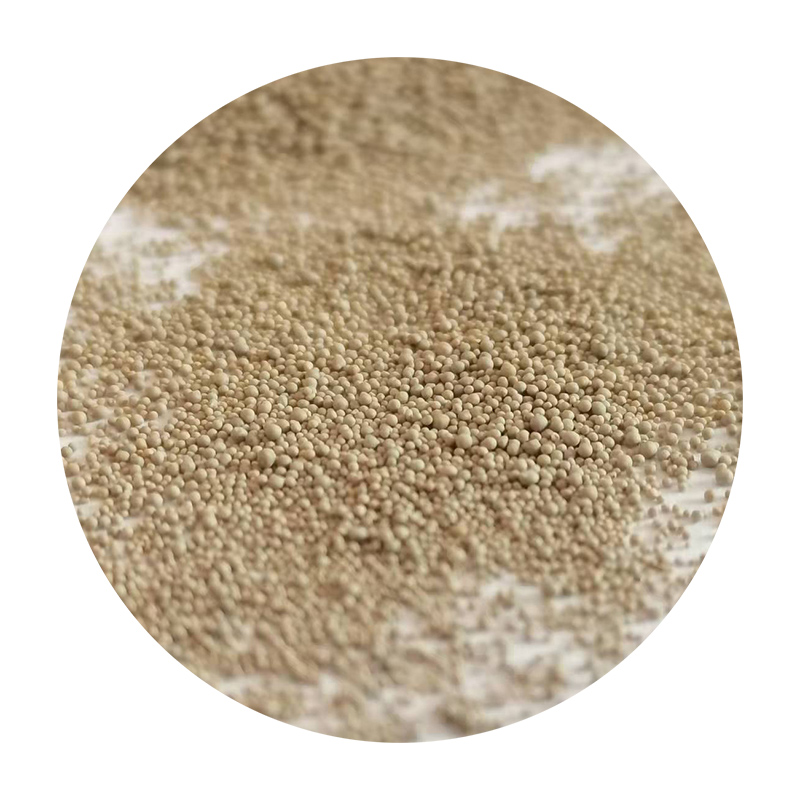

Authoritatively, this method also offers environmental benefits. The sand used in the casting process is recyclable, and any waste generated can often be reclaimed and reused, aligning with modern manufacturing practices aimed at sustainability. This aspect is crucial as industries strive to reduce their carbon footprint and adhere to stricter environmental regulations. Moreover, the process is adaptable to a wide range of metals, including aluminum, iron, and steel. This versatility allows manufacturers to cater to diverse industry needs, providing custom solutions tailored to specific client requirements. Trustworthiness in fulfilling precise engineering demands is paramount, and dry sand casting consistently delivers components that meet rigorous standards. In conclusion, dry sand casting remains a distinguished and authoritative method in the casting industry, cherished for its precision, cost-effectiveness, and adaptability. As a practitioner with profound expertise in this field, I can attest to its enduring significance and capability to produce high-quality metal parts. Embracing this method can provide manufacturers with a competitive edge, ensuring superior product quality while maintaining economic and environmental responsibility. By continually innovating and refining the dry sand casting process, industries can harness its full potential, delivering products that meet and exceed the expectations of their clients. In a rapidly evolving manufacturing landscape, the strategic application of dry sand casting stands as a testament to the enduring ingenuity and adaptability of traditional industrial methods. Post time:Sau . 29, 2025 02:31
Next:coated sand casting
